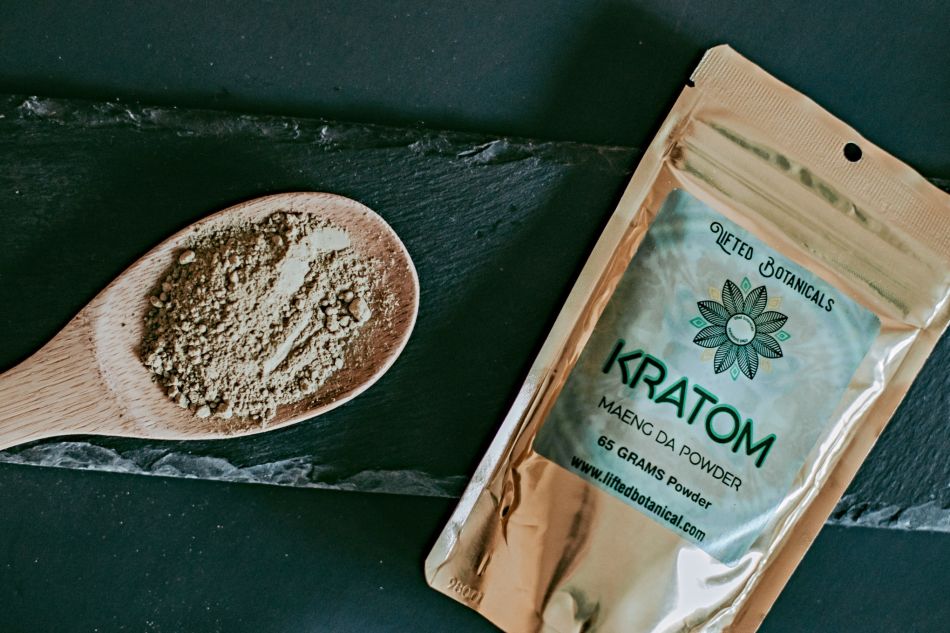Kratom: Jekyll or Hyde?
Shilo Zylbergold | Best Medicine

image by: Laryssa Suaid
Kind of reminiscent of about fifty years ago when the argument was about another herb - Shilo Zylbergold
What do you get when you cross extremely high-test coffee with sleeping pills? What has the U.S. Drug Enforcement Administration (DEA) been planning to ban because it represents an “imminent hazard to public safety”? What is Thailand considering for legalization because it is seen as a safer alternative for meth addicts?
No, it is not a latte laced with barbiturates. Nor is it a caffeinated horse tranquilizer. The answer to all three of the above questions is none other than kratom, the latest drug craze to hit the market on these shores.
This suspicious panacea is not some snake oil elixir sold in dark alleys by disreputable con artists. No, instead, it originates from the leaves of the Southeast Asian kratom tree (mitragyna speciosa). The drug has been heavily used for centuries in countries such as Malaysia, Myanmar, and Thailand to relieve pain and bring about relaxation. It has also been credited as a treatment for depression and, strangely enough, a cure for both insomnia and sleepiness.
The effects of kratom have been described as two tiered. It can be both a stimulant and a depressant. Initially, it acts like a super strong cup of coffee giving one a burst of energy but it is longer lasting than caffeine and more steady. Aficionados of kratom claim that there is no sudden energy crash that often is associated with a double shot of espresso. What follows after the burst of energy is a lowering of anxiety accompanied by a pleasant state of relaxation.
The main chemical psychoactive ingredient found in kratom is the alkaloid mitragynine, which works by binding to alpha-adrenergic receptors in the cells of the body. Traditionally, chewing the leaves or brewing them to make tea creates the high which usually lasts 5 to 7 hours. In North America, where it was first introduced in 2012, kratom usually comes in the form of a powder or capsules, and has been available not only in smoke shops and head shops, but curiously enough also at convenience stores and gas stations. And no, you don’t just drive up to the kratom pump, grab the nozzle, and “fill ‘er up”.
There are about a dozen different strains of kratom available with exotic names such as: True Red Veined Bali, Green Veined Borneo, Red Veined Maeng Da, and White Vein Horned. The names sound a lot like the Oolong, Lapsang souchong, and Tung-ting strains of tea you have in your herbal drink drawer, but the true connoisseur has no trouble differentiating between the different strains and the specialized highs they give.
A popular concoction of kratom which originated in Thailand but is now circulating in the west is the 4X100 cocktail. This is a blend of four ingredients which include kratom leaves, cola, cough syrup, and a fourth mystery substance which according to urban legend may or may not be mosquito coils, road paint, or even human ashes. Depending on how the proportions are mixed and the identity of the mystery ingredient, the cocktail can range anywhere between inducing a sleepy torpor to a potentially toxic nightcap.
The availability and legality of kratom is a whole other question. It has been declared a controlled substance in Thailand and has been illegal there since the 1943. In fact, the distribution and ingestion of kratom makes up 5 per cent of drug related crimes in that country. Nevertheless, legislators in Thailand are presently considering reversing the policy and legalizing the substance because it is considered a safer alternative for meth addicts due to the fact that, unlike other opioids, kratom does not cause respiratory depression.
Oddly enough, the opposite strategy is being pursued by western legislators. The United Nations Office of Drugs and Crime has recently put kratom in a newly defined class of psychoactive substances which include the stimulant “khat” from east Africa and the psychedelic “salvia divinorum” which is native to Mexico. Although there has been a rise in pressure to control the drug, kratom has not yet been made illegal federally.
At one point, there was a move by the DEA to classify it as a Schedule 1 drug (along with LSD, heroin, and ecstasy) and ban it as of September 30, 2016, but a general outcry over its beneficial effects have caused the ban to be delayed to give the public a chance to comment on the proposed law change. Nevertheless, six US states, Wisconsin, Vermont, Indiana, Arkansas, Tennessee, and Alabama have imposed laws to make the use of kratom illegal.
So there you have it. Kratom appears to be a Jekyll/Hyde substance which is quickly gaining popularity, especially among millennials. Call it a drug or call it an herb. Blame it for everything between constipation and paranoia, or applaud it for its ability to lower blood pressure and boost immunity. No matter which side of the controversy you line yourself up with, no doubt you’ll find many who are both for you and “agin” you. Kind of reminiscent of about fifty years ago when the argument was about another herb.
Shilo Zylbergold lives on a small island somewhere in the southwest corner of British Columbia, Canada. He grows vegetables, teaches math, and is a columnist for a local paper. Send complaints to [email protected]


Introducing Stitches!
Your Path to Meaningful Connections in the World of Health and Medicine
Connect, Collaborate, and Engage!
Coming Soon - Stitches, the innovative chat app from the creators of HWN. Join meaningful conversations on health and medical topics. Share text, images, and videos seamlessly. Connect directly within HWN's topic pages and articles.









.jpg)






